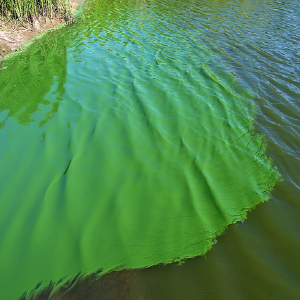 Smart Citations
Smart CitationsSee how this article has been cited at scite.ai
scite shows how a scientific paper has been cited by providing the context of the citation, a classification describing whether it supports, mentions, or contrasts the cited claim, and a label indicating in which section the citation was made.
Cyanobacterial blooms in the Po River basin and the eastern Alps
In this paper, we briefly describe episodes of cyanobacterial blooms that have occurred in lakes of northern Italy since 2000. In addition to listing the species involved in these blooms, we provide information on the trophic and ecological status of the water bodies and the presence of algal toxins. Furthermore, we report an example of a risk assessment effort aimed at developing a quality control system for water intended for human consumption. The use of high-frequency monitoring techniques, integrated with predictive modelling, remote sensing, and molecular analysis for species identification, is becoming increasingly important in the context of the effects of ongoing climate change.
How to Cite

This work is licensed under a Creative Commons Attribution-NonCommercial 4.0 International License.
PAGEPress has chosen to apply the Creative Commons Attribution NonCommercial 4.0 International License (CC BY-NC 4.0) to all manuscripts to be published.


 https://doi.org/10.4081/aiol.2025.12584
https://doi.org/10.4081/aiol.2025.12584





